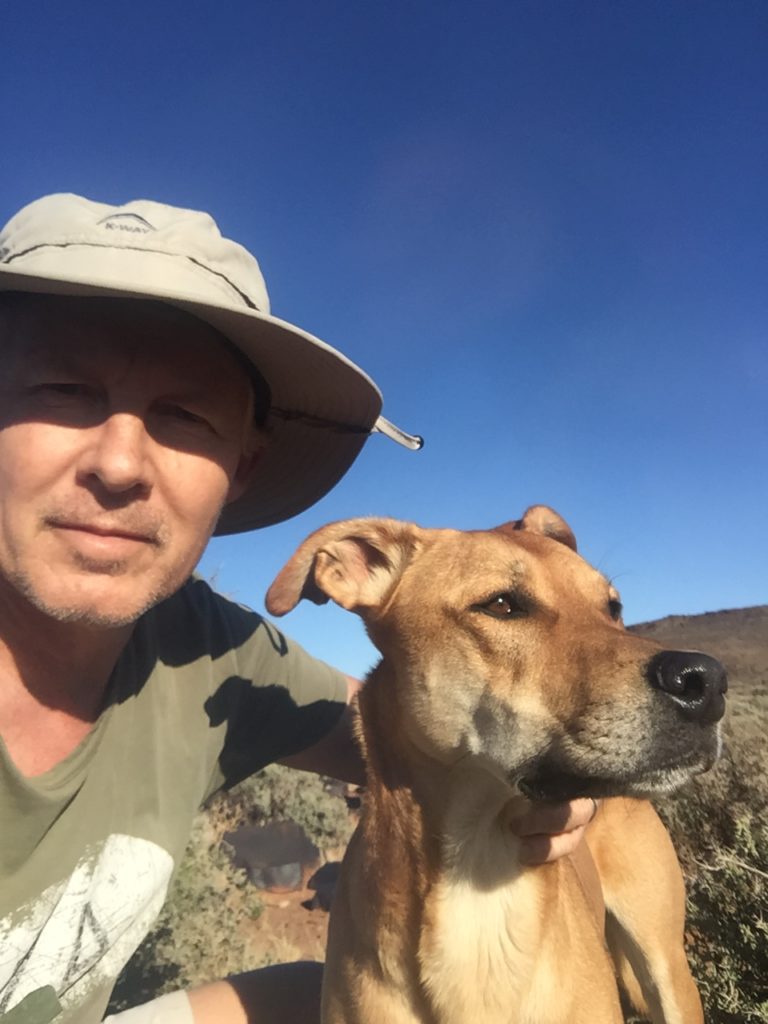The Institute for Communities and Wildlife in Africa has been surveying African biodiversity to understand the potential impacts of different land use on wildlife and how abundance may influence negative interactions between humans and wildlife. We have projects throughout southern Africa on large and medium sized carnivores in addition to research on primates focussing primarily on baboons. Our single greatest contribution to biodiversity monitoring has been in the drylands of South Africa (Karoo) where we have sampled mammalian species richness both at a regional and local scale.
We have noticed how incorrect many of the popular narratives are about how land use impacts biodiversity. Mammalian wildlife in extensive small livestock farming areas is similar to that in protected areas but with the obvious absence of larger carnivores and herbivores. Plantations in South Africa host many wildlife species despite their popular perception as green deserts and periurban areas favour certain species whose abundance may increase dramatically once natural systems are disrupted including the absence of large predators and the abundance of human produced foods.

